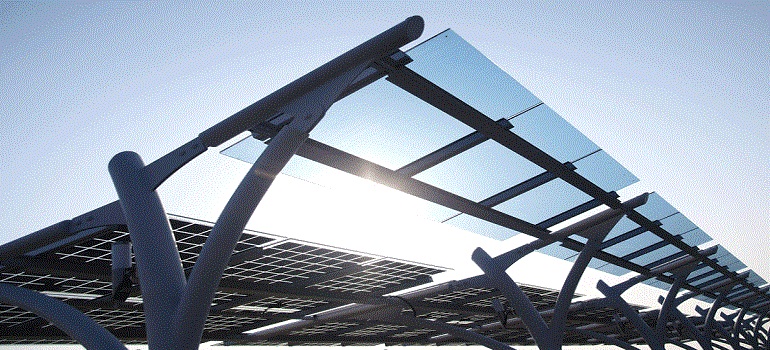
Silicon wafer manufacturer 1366 Technologies together with its strategic partners, Hanwha Q CELLS formally announced their scaling plans for the groundbreaking Direct Wafer technology. The plans underscore 1366 Technologies and Hanwha Q CELLS’ shared commitment to realizing dramatic Levelized Cost of Energy (LCOE) reductions for their customers and to advancing the economic strength of the solar industry.
As a result of the ongoing collaboration between 1366 Technologies and Hanwha Q CELLS, the world’s first production factory to feature the Direct Wafer manufacturing process (the “Direct Wafer Factory”) is near completion.
The Direct Wafer Factory, located in Cyberjaya, Malaysia, is situated next to Hanwha Q CELLS’ existing cell and module manufacturing facilities and will produce Direct Wafer products to directly supply their cell and module production lines.
The Direct Wafer Factory is expected to ramp no later than Q3 2019 and – provided that the initial footprint meets key performance criteria – has the potential to become the cornerstone for a multi-GW-scale production facility.
“At the heart of Hanwha Q CELLS’ global leadership is the pursuit of innovation and the exploration of new methods and technologies that can deliver the most value to our customers,” said Ji Weon (Daniel) Jeong, CTO of Hanwha Q CELLS. He continued that, “In line with this commitment to customer value, Direct Wafer technology will innovate the manufacturing process and, as a result, the quality of the products manufactured.”
Also this year, 1366 Technologies, in response to the rapid wafer price decline, made a strategic decision to accelerate the development of “3D Wafers” – thin wafers with thick borders – and is continuously producing 3D Wafer products in its Bedford demonstration facility. While standard wafers grown from the melt are compelling on their own, the invention of a wafer that is thinner than the standard 180 microns in certain controlled regions, but retains strong and robust edges to be used in conventional, or nearly conventional, photovoltaic applications has significant implications for the industry. It provides manufacturers with a solution to reduce silicon usage without compromising existing standards or quality and makes it possible to realize industry advancements in cell architecture or module features. Most importantly, the 3D Wafer capabilities of the Direct Wafer process will further reduce silicon utilization to less than 1.5g/W to create a cost position unattainable with conventional ingot-based production technologies.
“The past year has been filled with extraordinary accomplishments. We have moved rapidly to fill the void in a wafer manufacturing industry that leaves little room for innovation and ignores the strategic potential of the solar cell’s most expensive component,” said Frank van Mierlo, CEO, 1366 Technologies. “We are thrilled to take this next step with Hanwha Q CELLS. It is a major milestone in a partnership already recognized for its numerous achievements.”
